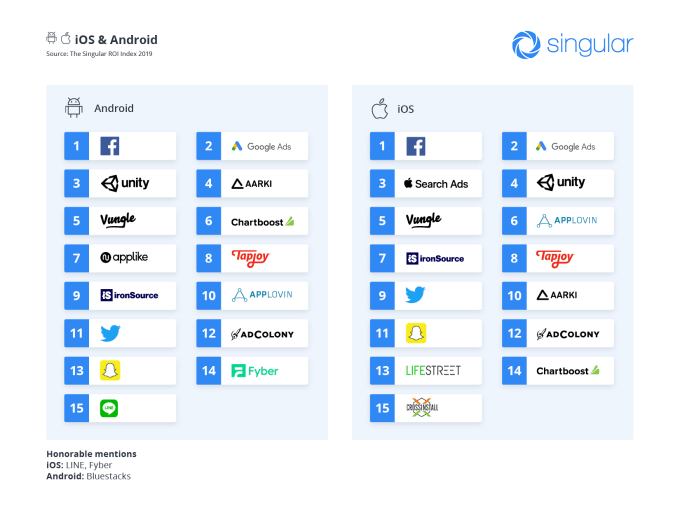After winding down its consumer-oriented operations last July, mental health startup Lantern has partnered with larger mental health providers to license its IP. In addition to licensing its IP to Omada Health, Lantern has licensed its tech to Spring Health, Ginger.io and two others.
Spring Health, which offers mental health benefits for large employers, provides personalized, clinically proven approaches to mental health care for employees. But Spring Health has always wanted to integrate digital cognitive behavioral therapy into its approach, Spring Health CEO April Koh told TechCrunch.
Spring Health has already offered psychiatry, therapy and self-help tools, but it was wanting to refer people to digital CBT, Koh said.
“There was really only one player that was committed to evidence as deeply as we were and that was Lantern,” she said. “So when the opportunity presented itself, we were thrilled.”
CBT is a clinically validated approach that examines the relationship between thoughts, feelings and behaviors. Lantern, which proved the clinical validity of its digital CBT tools, offered programs designed to empower people to learn how to manage their anxiety, stress and/or body images on a daily basis.
“We’re in the market of saying one size doesn’t fit all,” Koh said. “One size fits one person. There are so many different options and treatments for people. We shouldn’t try to come up with blanket solutions and expect those solutions to help everybody.”
Omada, which develops tools for people struggling with chronic illnesses like diabetes and obesity-related diseases, was also attracted to Lantern’s IP because of the startup’s demonstration of clinical validity and effectiveness.
“We have known that anxiety and depression are likely co-morbidities for the population we serve, and that they are obstacles to success for those dealing with chronic conditions,” Omada Health president Adrian James said in a statement to TechCrunch.
Thanks to Lantern’s IP, Omada plans to launch a behavioral health program for its customers, as well as integrate more CBT content into its chronic disease prevention and management programs. The money made from selling the IP, Lantern founder Alejandro Foung told TechCrunch, will go back to LPs and investors. Lantern had previously raised more than $20 million in funding.
Meanwhile, Foung has also started a nonprofit organization, All Mental Health, to offer free tools to a group of people sometimes referred to as the “sandwich generation” — those who are caring for kids as well as their aging parents.
“So they’re basically sandwiched in between those two things and that’s a very difficult place to be,” Foung said.
Similar to Lantern, All Mental Health’s tools are CBT-oriented. But rather than focus on selling to employers to offer as an employee benefit or people who can already afford to pay for therapy, Foung told me, “the goal of the not-for-profit is to actually be content and techniques for everyone. And by being a not-for-profit, we’re more able to serve a more macro audience that’s currently not getting anything.”
When Foung and I chatted in July, he said he would be focused on “addressing gaps that exist for underserved populations.” This is where All Mental Health comes in. Its first app, Caring for You, is designed to help support caregivers in caring for themselves. The next app Foung has planned is geared toward breakups, followed by one that’s focused on life after sports.

 At the same time, Singular noted that Snap improved its rankings on virtually all the lists, and is now the No. 3 network for non-gaming ads on both iOS and Android. And Twitter did respectably as well, ranking second on iOS for retention.
At the same time, Singular noted that Snap improved its rankings on virtually all the lists, and is now the No. 3 network for non-gaming ads on both iOS and Android. And Twitter did respectably as well, ranking second on iOS for retention.
 Typically, when you think of Mozilla, chances are you are thinking open source, too. Clever-Commit, however, isn’t open source. “It’s being discussed. There are no plans for Clever-Commit to be open sourced right now,” a Ubisoft spokesperson told me. While Mozilla surely uses other proprietary tools to build its open-source software, it’s odd to see the organization say that it is helping to develop a tool that isn’t open source (or currently available to all developers, even for a price).
Typically, when you think of Mozilla, chances are you are thinking open source, too. Clever-Commit, however, isn’t open source. “It’s being discussed. There are no plans for Clever-Commit to be open sourced right now,” a Ubisoft spokesperson told me. While Mozilla surely uses other proprietary tools to build its open-source software, it’s odd to see the organization say that it is helping to develop a tool that isn’t open source (or currently available to all developers, even for a price).